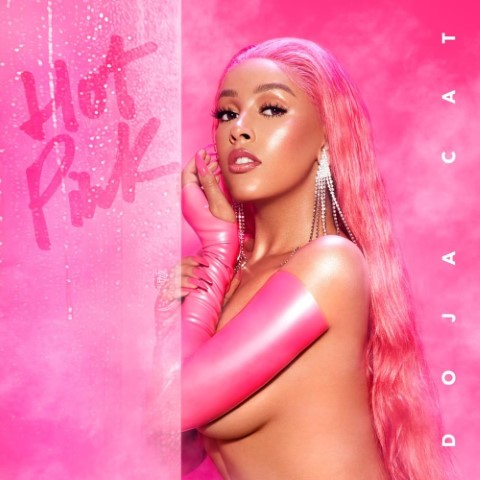
The rebirth of survival horror
By Adam Tatelman, Arts Editor
Horror games have always been a niche genre in the hallowed halls of gaming. This is probably because most popular video games are, in essence, power fantasies, endowing the player with incredible skills or powers within the world of the game. Survival horror games take the opposite approach; by placing the player in a hostile environment with limited resources and a brace of powerful, elusive threats that hunger for human flesh, they create an experience that thrills not with action, but with razor-wire tension and toothy terror.
Unfortunately, triple-A developers like EA Games and Capcom want to have it both ways—seducing the niche audience with the promise of scares, when their products are in fact merely lowest-common-denominator action titles with gruesome visuals and buckets of gore. In the worst cases, titans of the horror genre like Resident Evil have been perverted into gaudy theme park versions of their former selves, often resulting in the outright death of the franchise itself.
In some ways, survival horror games were products of their time. Silent Hill, the undisputed grandpappy of them all, underwent a number of revisions over its development cycle due to the engine limitations of the PS1. Since the low draw distance obscured the player’s vision, the developers decided to disguise that fault with a fog effect, thus molding the misty Midwestern American town aesthetic the games are known for. Without the budget to fix the problem, they embraced their limitations, making a better game in the process.
This isn’t to say that everything old is good and everything new is shit; that’s just the nostalgia pills talking. Rather, this shows us that survival horror was born from experimentation, back when games first slithered from the primordial pixel pool, taking their first shaky steps onto the polygonal shores of 3-D. Developers were literally re-learning how to make games, and creating new types of gameplay with every attempt. Much like the Wild West, it was uncharted territory—unregulated by corporate publishers, and utterly unpredictable.
Sadly, this wonderment was not to last. When gaming officially surpassed Hollywood films as the most profitable mainstream form of entertainment, it brought with it the necessary ills of big business; sequelization, planned obsolescence, and reproducible formulas. These things aren’t bad on their own, but they can kill creativity when prioritized too much, as their purpose is only to perpetuate their own existence. Seeing the unique charm of horror sublimated to formula was perhaps an inevitable consequence of this change.
Whenever an industry becomes too cynical and greedy, consumers and creators alike begin to jump ship. Compare Sony’s software sales to their hardware sales. The PS4 may have outsold the Wii U, but it still has very few exclusive titles to offer. Nintendo has actually fielded more exclusives, and it shows in their software sales. Compare this to the recent boom of the Indie gaming scene, populated by ex-triple-A developers gone rogue, fronted by a new wave of horror titles with decades of technological improvement at their back.
Among others, Scott Cawthon has made a killing in the Indie horror scene with his Five Nights at Freddy’s series. Though I am not a fan, even a contrarian jackass like me must acknowledge its importance in the memetic resurrection of the horror genre. The franchise proves that huge budgets and design committees aren’t necessary to connect with the basic human fear response. All that’s necessary is a small group of programmers with an eye for experimentation and a devious streak, and a niche audience who loves a good scare.

